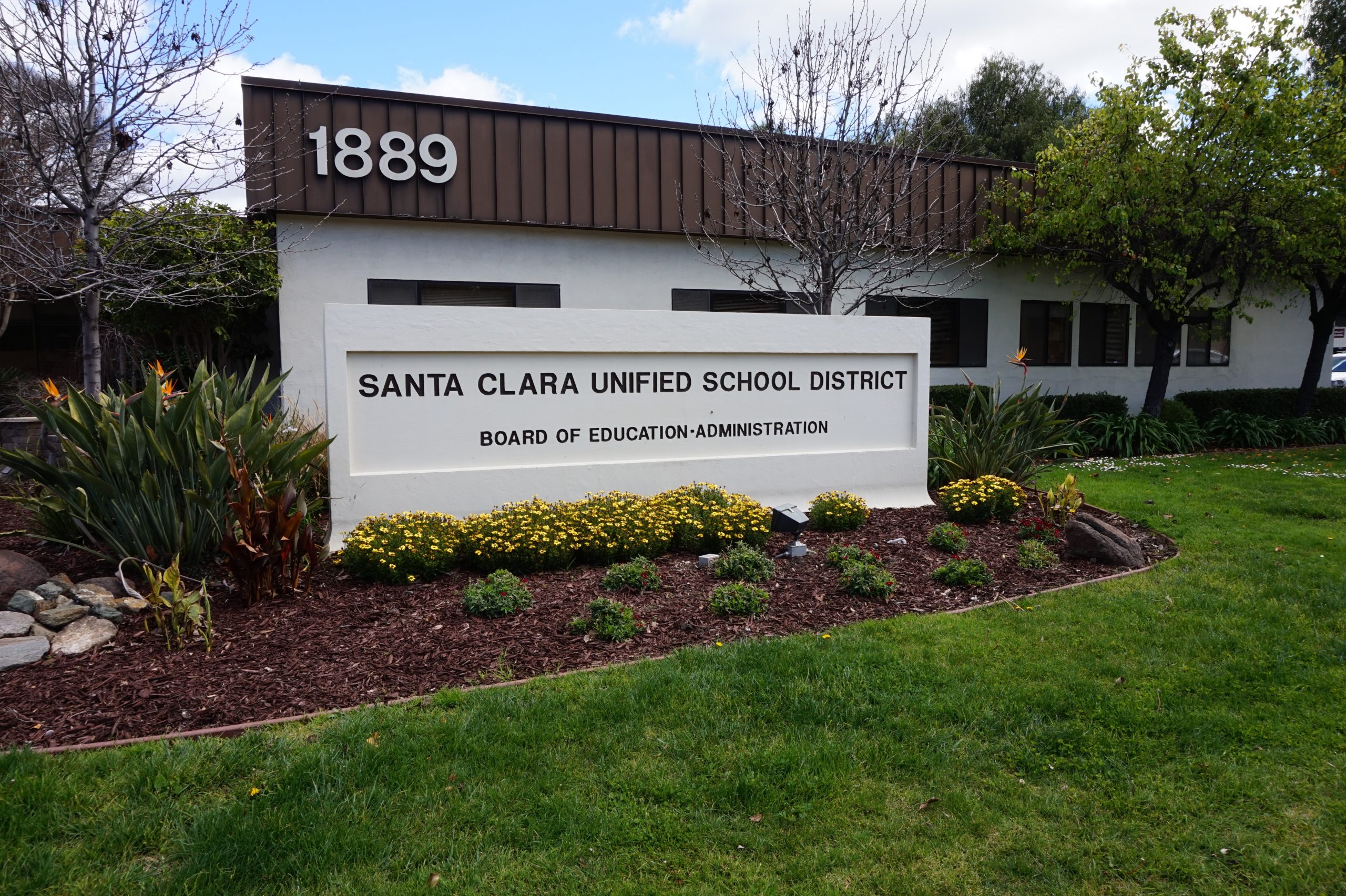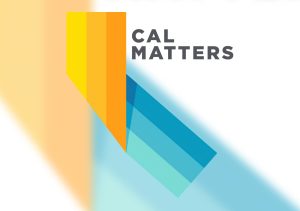Foster youth, homeless students, and students with disabilities at Santa Clara Unified School District were identified as needing help improving by the State of California. At the Board of Trustees meeting on Thursday, Jan. 12, they looked at their CAASPP results and heard how the District is prioritizing the areas where these students are struggling: academics, suspension, and chronic absenteeism.
CAASPP Results
After a three-year hiatus due to the pandemic, the CAASPP (California Assessment of Student Performance and Progress) is back. This data is from 2021-2022 so Brad Stam, Chief Academic and Innovation Officer, reminded the Board that this is a “lagging indicator” and just one source of data they utilize to measure student success.
The CAASPP tests for English Language Arts (ELA), mathematics, and science. As of last year, Santa Clara Unified has focused on their Emerging Bilingual/English Learner students so they have brought forward the data on those specific students as well – and revealed the work that still needs to be done to support these students.
Staff analyzed the percentage of students meeting the standards on the test. The last data set they have is from pre-pandemic, 2018 – 2019, and in comparison, there is a slight drop in performance in English (down 2%) and Math (down 4%), but a slight increase in science (up 6%). However, English Learners saw bigger drops in all three categories and are much lower than their “English Only” counterparts. While looking at the math scores, for example, 16% of English Learners met or exceeded the math standards while “English Only” students hit 51%.
“That gap is the reason for our focus this year and next year on the achievement, proficiency and well-being of our English Learner students,” said Stam. “We’re determined to narrow that gap substantially.”
Compared to the rest of the State of California, more SCUSD students met the standard. However, looking at other students in Santa Clara County, SCUSD students were slightly behind in all categories.
They also got the data from the California School Dashboard which the state uses as an accountability tool, according to Cameron Lewis, Director of Data, Assessment and Accountability. The dashboard looks at performance in five areas: academics (English and math), English Learner progress, suspension, chronic absenteeism and graduation rate.
Board Members were concerned that on the California School Dashboard, they were scoring “Medium” in many categories. They scored “Medium” in Math and for English Learner progress. Despite their scores, their graduation indicator was still “High”.
“A ‘Medium’ status is a sign to districts that 45% and 54% of their qualifying English Learner population is making progress,” explained Kathie Kanavel, Assistant Superintendent of Education Services. “And this is just the beginning since this is our first year focused on English Learners.”
Board Clerk Jim Canova was disappointed in the results saying that student learning and serving students and families is their “highest priority”. Board Members agreed, saying with how much they spend as a District, they want to see more energy being put toward students’ education. Stam acknowledged that the COVID-19 pandemic disrupted learning, but the Board says they know every district in the County and State also had to deal with the pandemic, so it was not a unique problem they faced.
Student Board Member Anika Bose, a senior at Wilcox High School, shared a student perspective on the CAASPP. She said that as the students get older, they know standardized tests don’t really affect them or their grades. Many have heavy coursework and other responsibilities that demand their time and energy, so they don’t prioritize the standardized test. Bose suggested forging a greater connection with students regarding the test and introducing more prep in classes.
Stam brought attention to their suspension indicator, which was also “Medium”. Suspensions become more common at the secondary level which follows state-wide trends post-pandemic. The District is noticing a much higher rate of suspensions for their Hispanic/Latino students. Stam says they are meeting with high school vice principals to go over proactive supports and interventions to hopefully lower non-mandatory suspensions. They are also implementing additional training.
“At the level of very serious [suspension] cases, some good news,” said Stam. “We’ve processed almost a third fewer requests for disciplinary or administrative hearing this year compared to last year at this time.”
Lewis said their “High” chronic absenteeism for K-8 is a concern that was exasperated by the pandemic. Stam called their chronic absenteeism “stubbornly high.” Students who miss 10% or more of the years they’re expected to attend school are considered chronically absent, said Stam.
“The problem is a high priority for the District and students cannot achieve if they’re not present in school,” said Lewis.
Stam says they have Attendance staff focusing on this problem as well as the social work interns. They are also doing individual student engagement and they will be reviewing absentee data monthly to track their progress.
Santa Clara Unified was identified by the State for Differentiated Assistance. Now, they must craft plans to improve outcomes for foster youth, homeless students, and students with disabilities. Interim Superintendent Dr. Gary Waddell said they are focusing on these groups’ suspensions, academics and chronic absenteeism.
To address the gaps, staff said they are beefing up professional learning and will have teachers collaborate to learn from each other. Some teachers called into the meeting and said they would love more professional learning and development time. They also pointed out that the more common assessment they use, iReady, is nice but their curriculum still doesn’t match.
Human Resources
Erin Brown’s appointment as the Program Administrator for Adult Education was approved by the Board.
The rest of the HR agenda items passed unanimously: the tentative agreements with both United Teachers of Santa Clara (UTSC) and California School Employees Association (CSEA) Chapter 350 for both their Collective Bargaining Agreements; the 2022-2023 Certificated Salary Schedules, 2022-2023 Classified Salary Schedules, 2022-2023 Classified Hourly Salary Schedules, and 2022-2023 Classified Family Child Education Hourly Employee Salary Schedule; and Classified Seniority List 2022-23 School Year.
The Board of Trustees also approved their raise from $463.05 to $486.20. The additional $1,945 a year comes from the General Fund.
The Santa Clara Unified Board of Trustees next regular meeting is on Thursday, Jan. 26.












0 comments